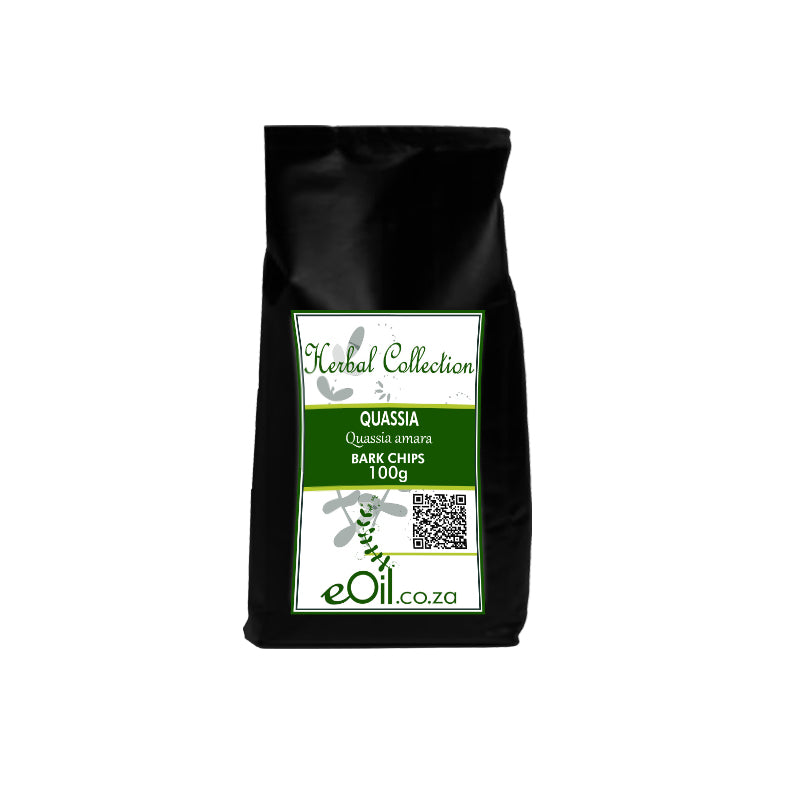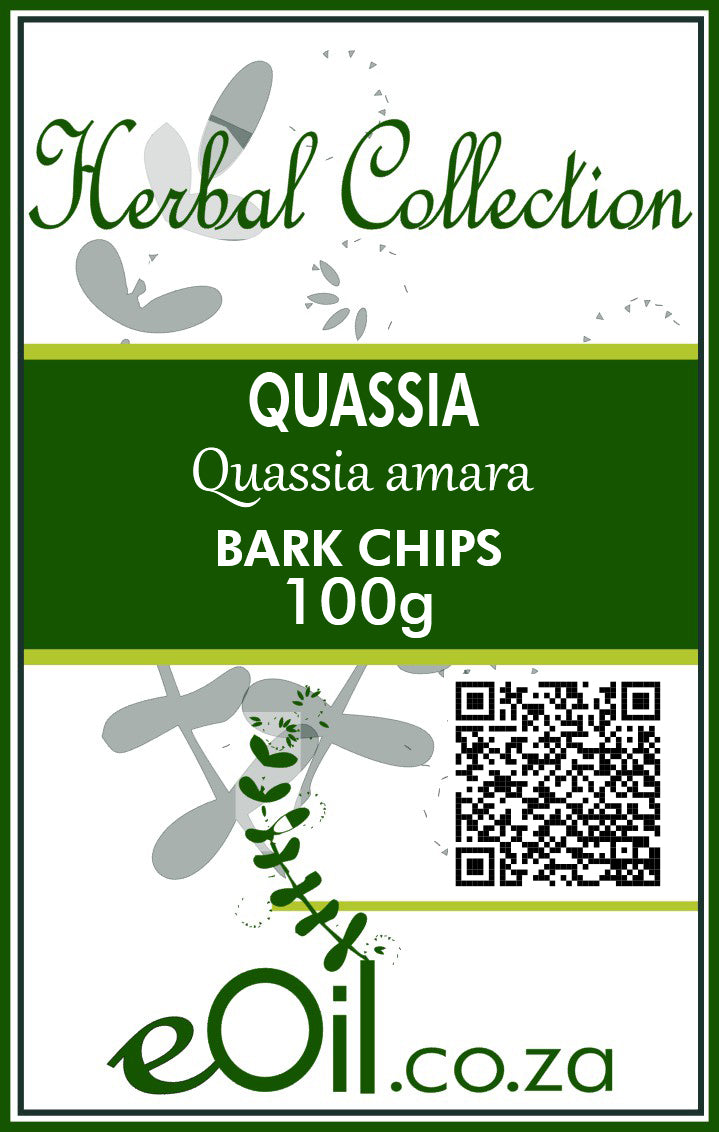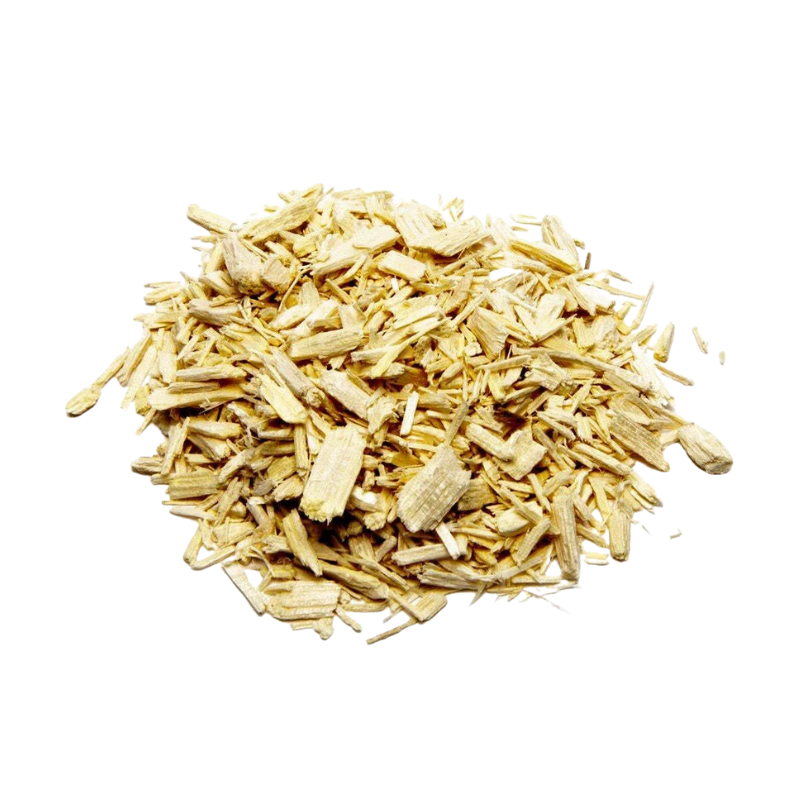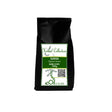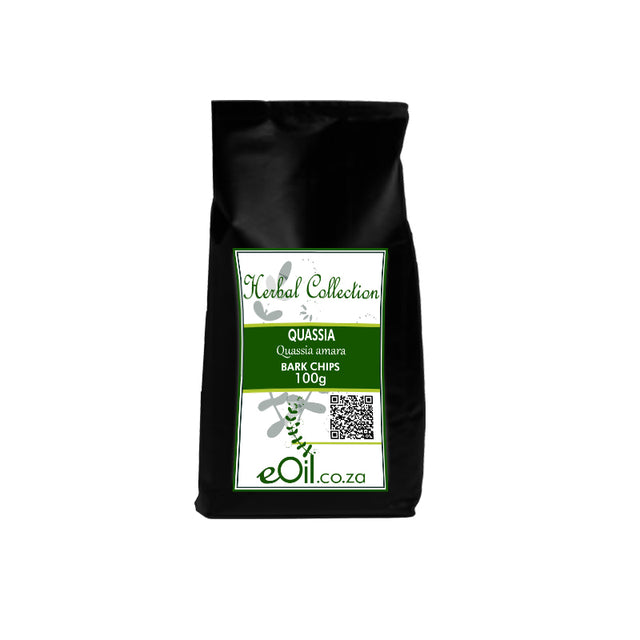Quassia Chips Dried - Herbal collection
Quassia Chips Dried - Herbal collection - 100 GR is backordered and will ship as soon as it is back in stock.
Description
Description
Quassia Chips are dried wood pieces from Quassia amara, valued for their intense bitterness and traditional use in supporting digestion and appetite.
Common in herbal infusions, they may also be used externally for lice. Suitable for adults as part of a wellness routine.
TRADITIONALLY USED FOR
Quassia Chips Dried (Quassia amara)
Identification
Common Name: Quassia, Bitter Wood, Bitter Ash
Latin Name: Quassia amara
Family: Simaroubaceae
INCI Name: QUASSIA AMARA WOOD EXTRACT
CAS Number: 68990-12-5
EINECS/ELINCS No: 273-620-4
Description
Quassia chips are derived from the wood of Quassia amara, a small tree native to tropical regions of the Americas.
The wood is known for its intense bitterness, attributed to compounds called quassinoids.
Traditional Uses
Quassia chips have been traditionally used to support:
- Digestive health
- Appetite stimulation
- Liver function
- Parasite elimination
- Fever reduction
- Malaria treatment
Modern Research
Recent studies suggest Quassia may have potential in:
- Antimalarial activity
- Antidiabetic properties
- Liver protection
- Insecticidal applications
- Antiviral effects
However, more research is needed to fully confirm these effects in humans.
How to Use
As a Tisane:
- Use 1-2 grams of chips per cup of cold water
- Steep for 4-8 hours at room temperature
- Strain and drink up to 3 cups daily
As a Bitter Tonic:
- Infuse 10 grams of chips in 1 liter of cold water for 12 hours
- Take 1 tablespoon before meals
External Use:
- Make a strong infusion for use as an insect repellent or to treat head lice
Cautions & Side Effects
- May cause stomach upset in high doses
- Avoid during pregnancy and breastfeeding
- Not recommended for individuals with ulcers or gastritis
- May interact with certain medications, particularly those affecting blood sugar
- Not recommended for long-term use without professional guidance
- Keep out of reach of children
Quality
Choose organic, sustainably harvested Quassia chips. The wood should have a pale yellowish color and an intensely bitter taste. Store in a cool, dry place away from direct sunlight.
References
- Bertani S, et al. Quassia amara L. (Simaroubaceae) leaf tea: effect of parental exposure on offspring development and behavior. J Ethnopharmacol. 2005;102(3):343-349.
- Toma W, et al. Antiulcerogenic activity of four extracts obtained from the bark wood of Quassia amara L. (Simaroubaceae). Biol Pharm Bull. 2002;25(9):1151-1155.
- Ocampo Sánchez RA, Maffioli A. Agrotecnología para el cultivo de quassia o hombre grande. In: Ocampo RA, ed. Domesticación de plantas medicinales en Centroamérica. Turrialba, Costa Rica: CATIE; 1987:215-219.
Disclaimer: This information is for educational purposes only and is not intended to diagnose, treat, cure, or prevent any disease.
Consult a qualified healthcare practitioner before using herbal products, especially if you are pregnant, nursing, or taking medications.
INFORMATION
Source : http://www.wikiphyto.org/wiki/Quassia_de_Surinam
Reference on http://www.wikiphyto.org
Translation in English by Google Translate (go to the page of the source linked | on Chrome cellphones go on the 3 dots on the top right and select translate in your preferred language | on laptop right click your mouse and select option translate when hoovering on the page
plant name
Surinamese quassia
International Latin denomination
botanical family
Simarubaceae
Description and habitat
- Tree 12 to 15 m tall, with a thick, straight trunk, light gray bark, ash-like in appearance, spreading branches with alternate leaves, oddly-pinnately compound, oval-oblong leaflets 4 to 8 cm long
- Cymes of small, yellowish-green flowers, male or hermaphroditic, the fruit is a blackish drupe
- In the West Indies, Martinique and Guadeloupe, Jamaica
History and tradition
- Used in folk medicine to treat tumors and malaria
Parts used
- Wood, very bitter yellowish wood chips
Dosage forms available
- Wood tincture
Usual dosages
Composition
Main components of the plant
- Quassinoids , bruceantin derivatives
- Terpene derivatives: quassine (and neocassine )
Main components of buds or young shoots
Main components of essential oil
Properties
Plant properties
- Febrifuge, bitter tonic, antimalarial activity
- Anti-cancer, antitumor activity against leukemia, skin and colon tumors
- Antiulcer, laxative, atrigent (tonic)
- Insecticide
- Anthelmintic, parasiticide (protozoocide)
- Febrifuge
Bud properties
Properties of essential oil
Directions
Indications of the whole plant (phytotherapy)
- Fevers
- Malaria
- Leukemia, skin and colon tumors (?)
Indications of the bud (gemmotherapy)
Specific indications of essential oil (aromatherapy)
Known or suspected mode of action
Usual formulations
Regulations
Possible side effects and precautions for use
- Quassine toxicity
- Nevertheless the quassia extract is recognized as GRAS (Generally Recognized As Safe (en)) under the fema number 2971
Bibliographic references
CAUTION
Store in a cool, dry place, away from light. Keep tightly closed, away from the reach of Children and pets.
Do not exceed the daily dose.
This product is not intended to prevent or cure any form of illness or disease.
If you are pregnant or nursing ; If you have a medical condition or are in the course of medical treatment ; If you are programmed for theater/operation in the near future, please consult your healthcare practitioner before using this product.
This product cannot replace a varied and balanced diet and a healthy lifestyle.
This product has not been evaluated by the SAHPRA for its quality, safety or intended use.
For More Information please check our General Safety Herbal products Page

